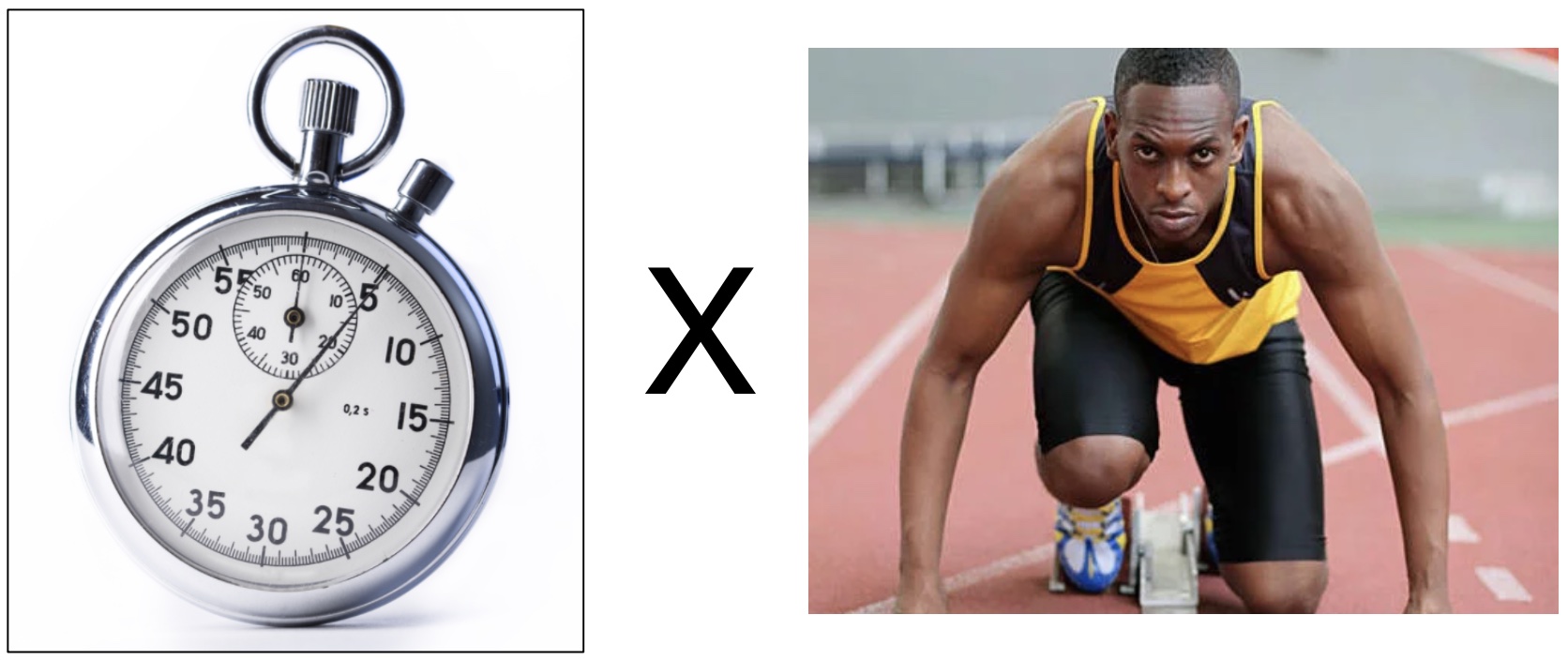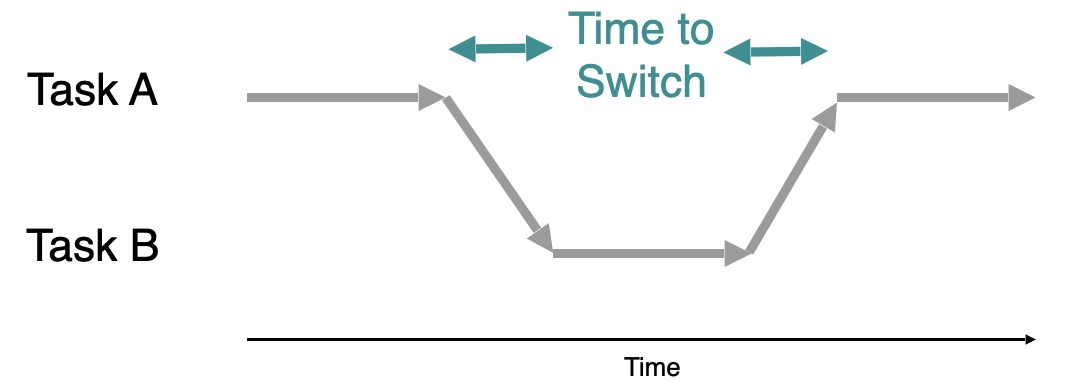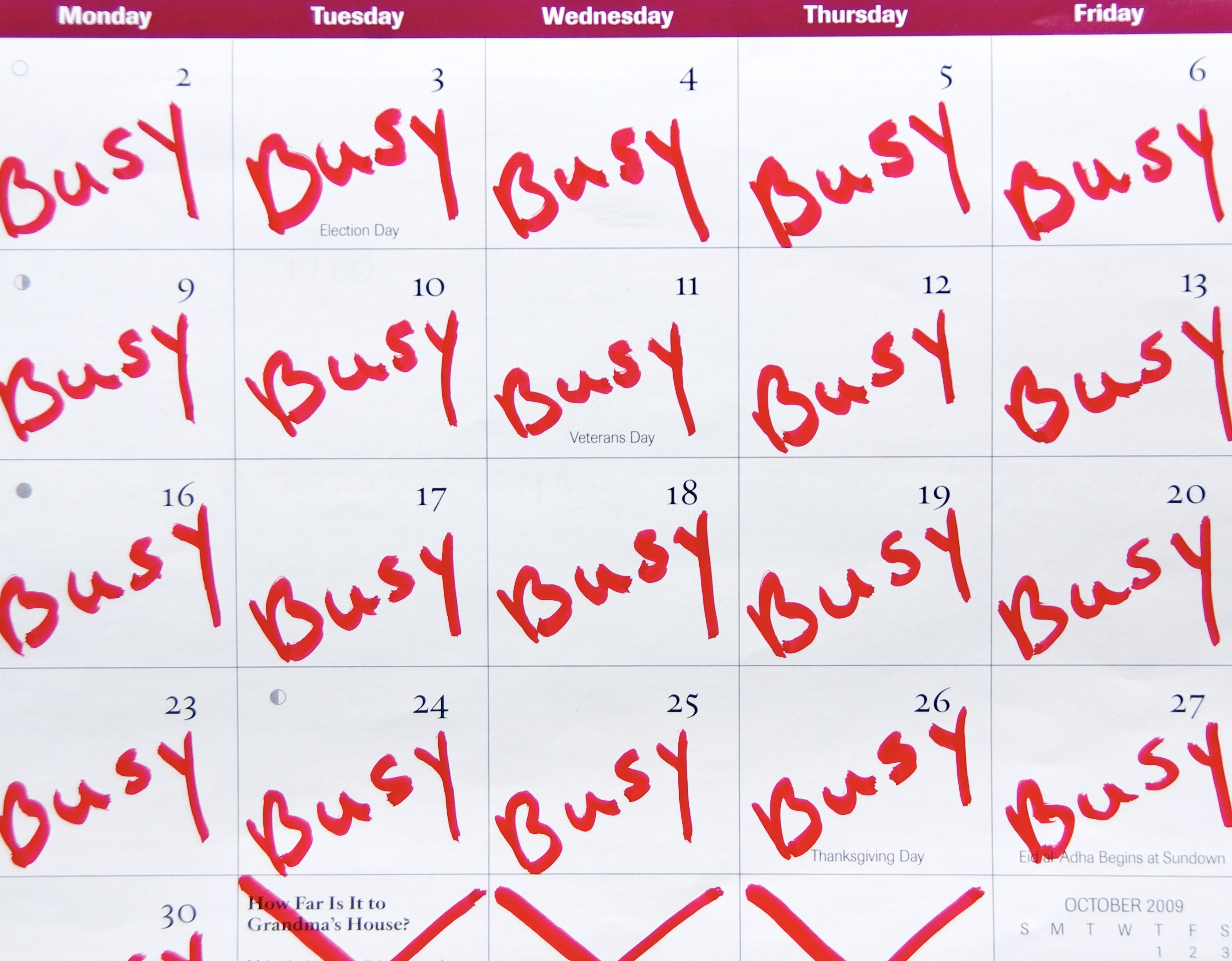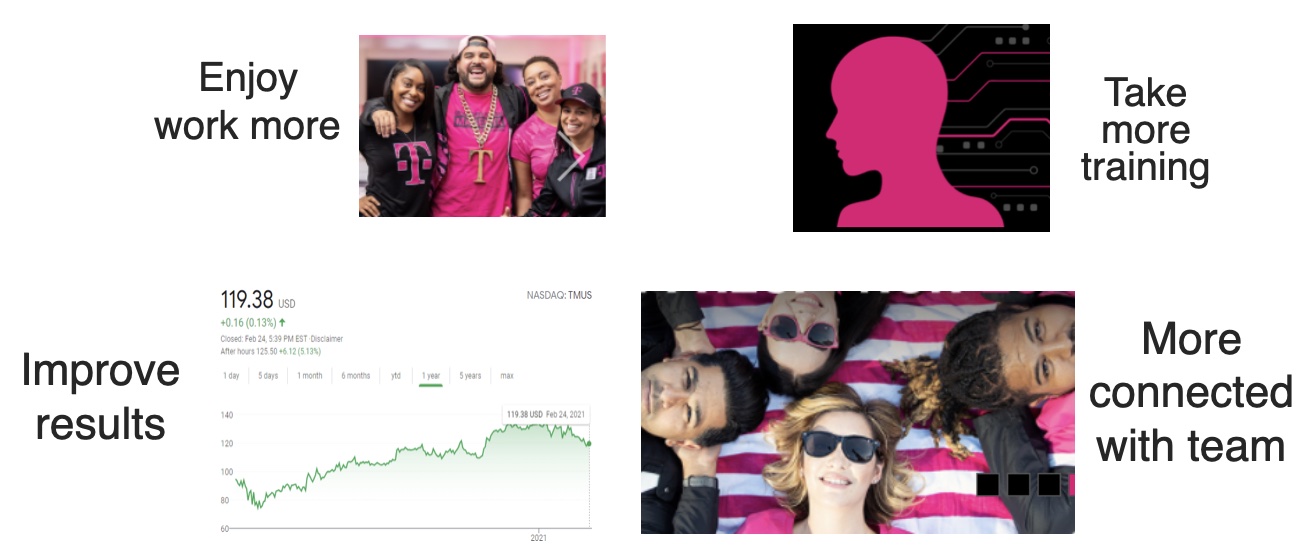Dive Deep to Do Great Work
#productivity
Work Productivity

Photo by Cristian Palmer on Unsplash
Do you wonder how some people produce great work when they don’t seem to have much time? Do you want to achieve better results in less time? Do you want to master difficult concepts more quickly? Then you need to read, “Deep Work: Rules for Focussed Success in a Distracted World”, by Cal Newport. Here is a summary of the key ideas in the book that will make you better at what you do and make work more fulfilling.

High Quality Work = Time x Focus
High quality work on a complicated task is not just pushing hard to put the hours in. To learn hard things quickly, you must focus intently without distraction. We struggle to make progress on a complicated task if our thought process is interrupted by meetings or emails. We need un-interrupted time to learn a new tool or craft new code.

People are less productive when they are constantly moving from one task to another instead of focusing on one thing at a time. We need to stop thinking about one task in order to fully transition our attention and perform well on another. Yet, results indicate it is difficult for people to transition their attention away from an unfinished task and their subsequent task performance suffers.
This carryover from one task to another is called “attention residue” — where you’re still thinking of a previous task as you start another one. Even if you finish your task completely, you still have some attention residue swirling around your head as you embark on your next task.
Focusing on a single, intense task for a long period of time to reach peak productivity. You don’t get attention-residue issues, which means your output is stronger, cleaner, and just plain better from a lack of distractions.
Busyness as a Proxy for Productivity

Without clear feedback to connect behaviors to business impact, we tend toward behaviors that are easiest in the moment. In technology work, there is no clear measurement of productivity. There is no metric for widgets created per day. This is what Cal Newport calls, “The Principle of Least Resistance.”
If you send emails at all hours, schedule and attend meetings constantly, weigh in on instant message systems right away, these behaviors make you seem busy in a public manner. And if busyness indicates productivity, then you appear to be doing a good job.
Without clear feedback about productivity, we tend toward doing lots of stuff in a visible manner.
Why does a culture of connectivity persist? It’s easier. If you can get an answer to a question immediately, this makes your life easier — at least in the moment. If you couldn’t count on this quick response time you’d instead have to do more advance planning for your work, be more organized, and be prepared to put things aside for a while and turn your attention elsewhere while waiting for what you requested. This makes day-to-day work harder (even if it produced more satisfaction and better outcome in the long term).
If email were to move to the periphery of your workday, you’d be required to deploy a more thoughtful approach on what to work on and for how long. But it’s simply easier to chime in on the latest cc’d email thread.
Better Measures and Habits for Productivity
So what should we do when we don’t have clear feedback or metrics to quantify our productivity? How do we avoid short email response expectations? Here are some ideas.
Measures. Add up deep work hours that contribute to completion of complicated tasks. Mark on a paper the number of hours you have worked on a project. I want to improve my Spanish, so I mark the number of times per month that I completed some lessons in Mango Languages to see how close I was to my goal of 4 sessions per month. I want to improve my coding skills, so I mark on a paper calendar if I spent time on it that day to see how close I was to learning coding every day of the month. Then I keep those papers to see how well I did to feel good about meeting my goals or help me refocus to achieve my goals.
Communication Habits. Here are some expectations you can give to your team on how quickly you will respond. If necessary to get started, setup an automatic email reply that people should expect an email response to take 24 hours. Here are better expectations of how quickly you should respond to various communication methods.
- Email response: 24 hours
- Chat/text response: 4 hours
- Call: 2 hr, and reply with text when you will call back
Benefits of an Unconnected Day

We feel like we cannot afford to block off time to concentrate on a complicated task. But we take sick days and we sleep, so we do block off time for some things. We all prioritize our time. In technology work, tasks will fill up every minute we allow for them. But not all tasks are created equal, some provide higher value than others.
Some office workers spend 20 hours a week outside business hours monitoring email — believing it important to answer any email within an hour of its arrival.
Is this behavior necessary in for a fast-paced business? Does it really help your work to be constantly connected. Study had one group take one way of the workweek completely off — no connectivity to anyone inside or outside the company. No loss of clients and employees did not lose their jobs. Instead, the employees found more enjoyment in their work, better communication among themselves, more learning, and better product delivered.
Better for You, Better for your Company
You may be burned out and tired from all the hours you put in at work. You just want some time to learn new things so you can progress in your career. But you feel that your results will suffer if you take time for professional development or to work on that killer idea that might get you promoted. But you can have a better balance and better results. Stop being drawn into the path of least resistance, block out time for that complicated work, and watch your prospects rise.